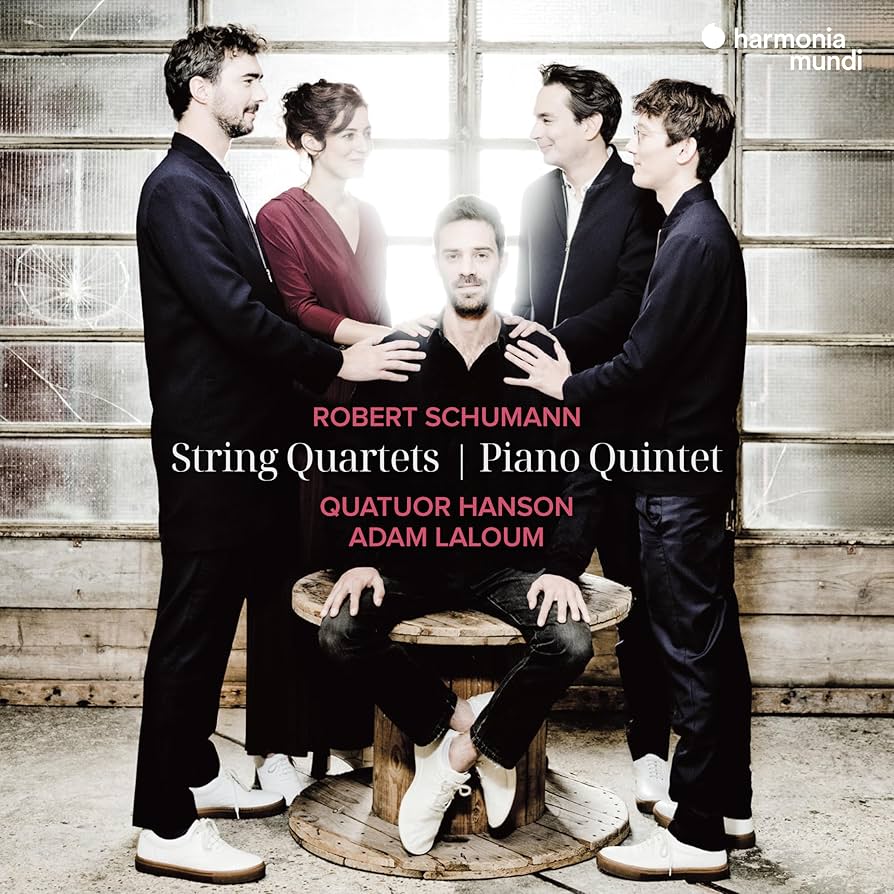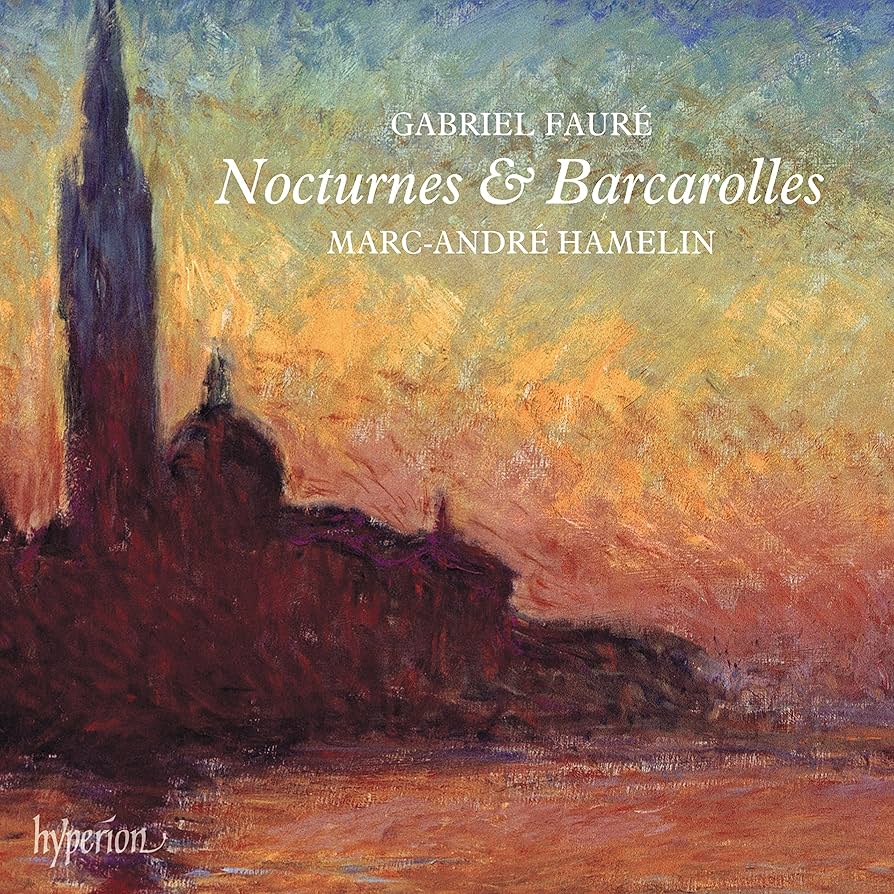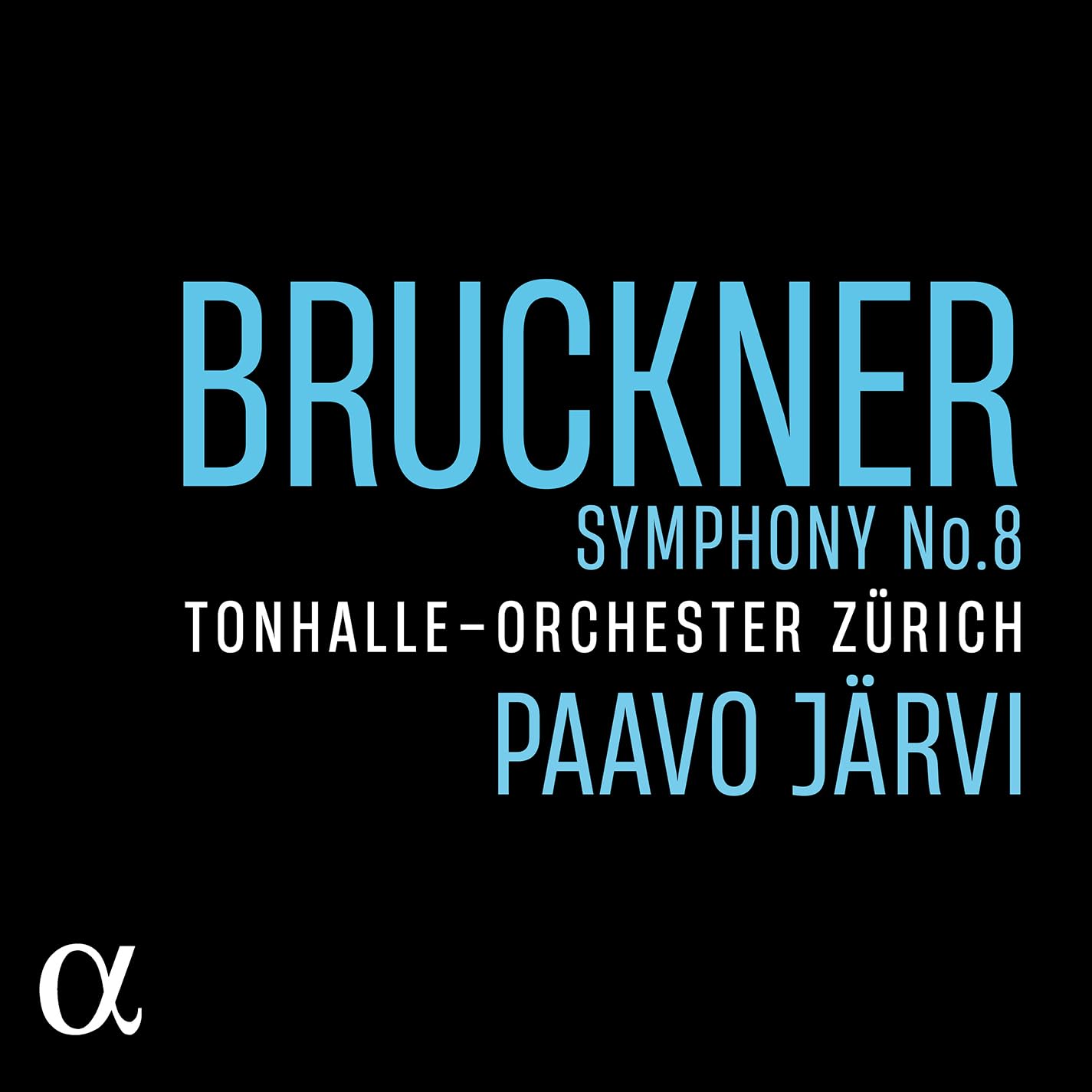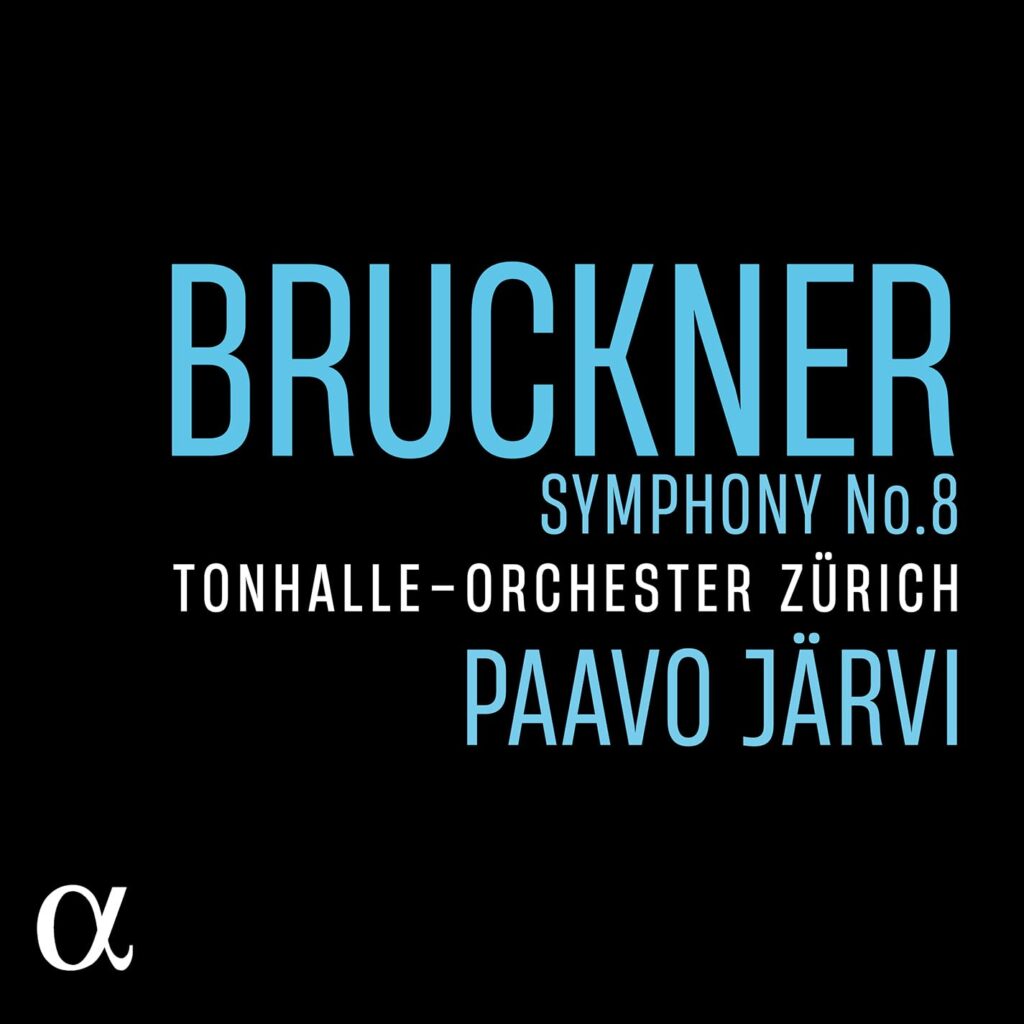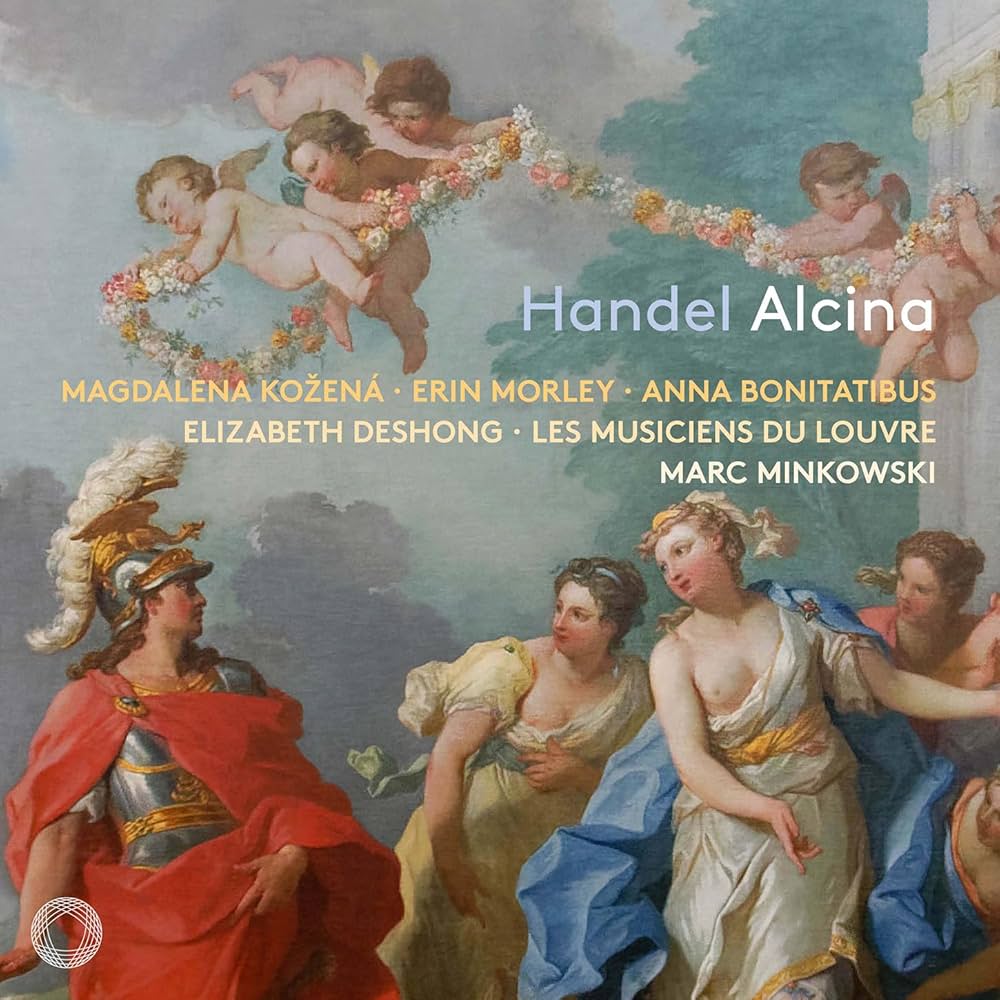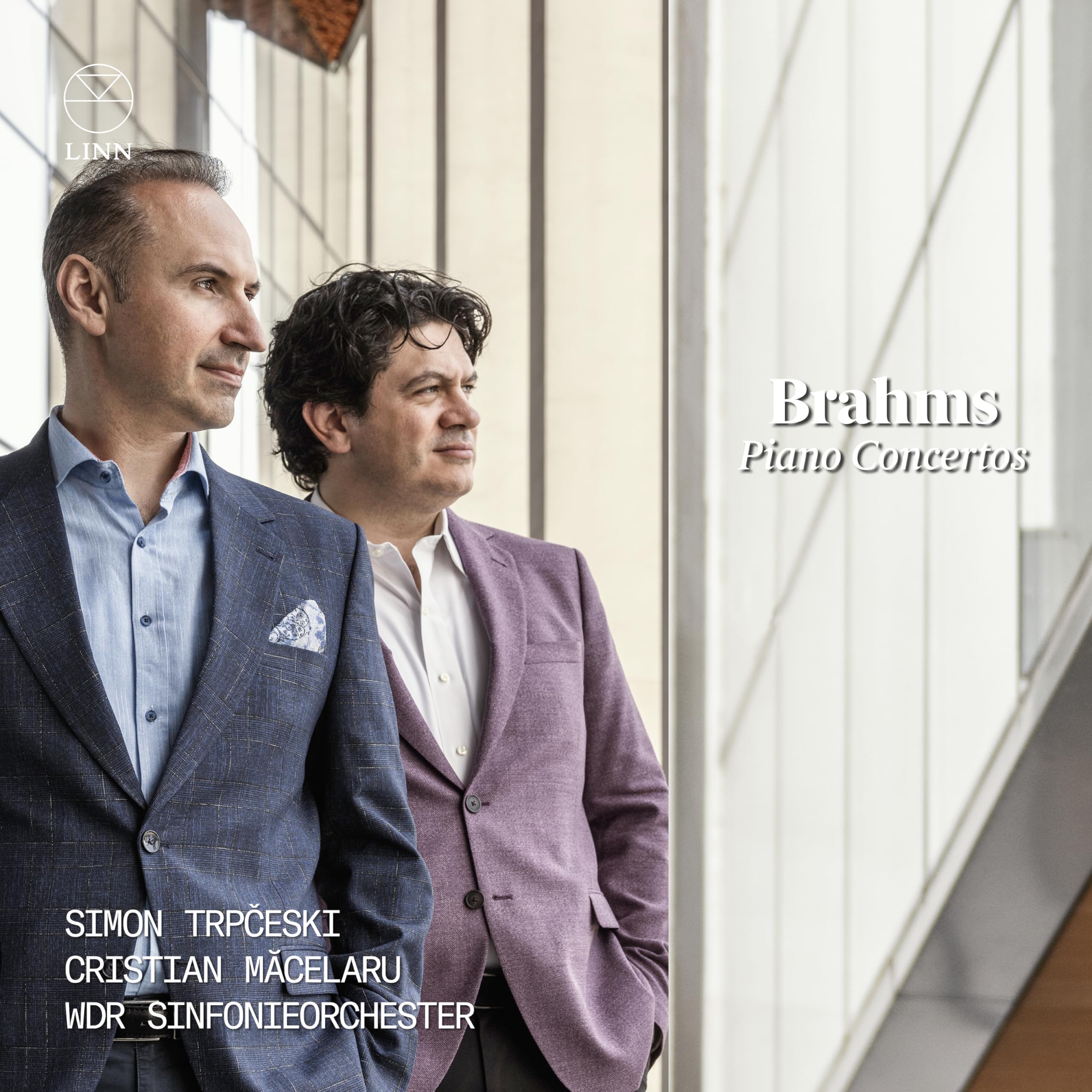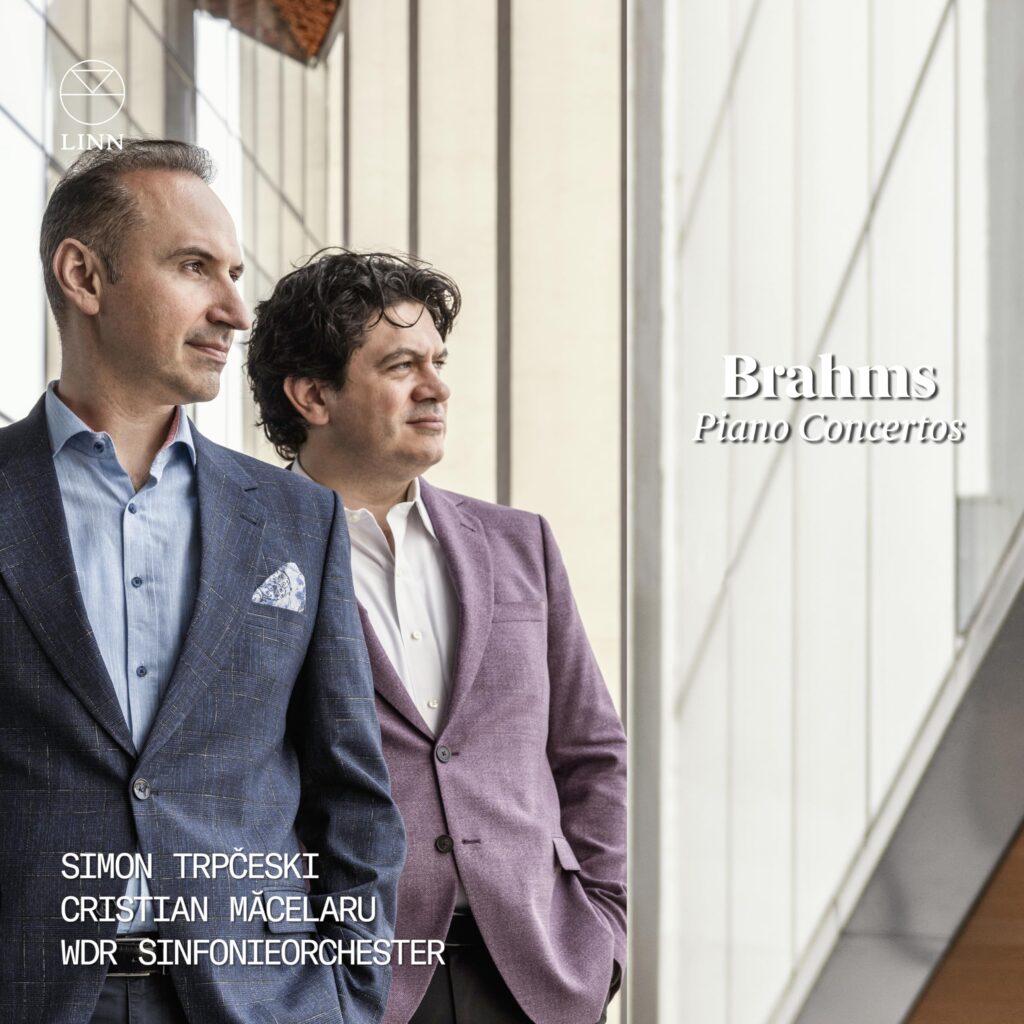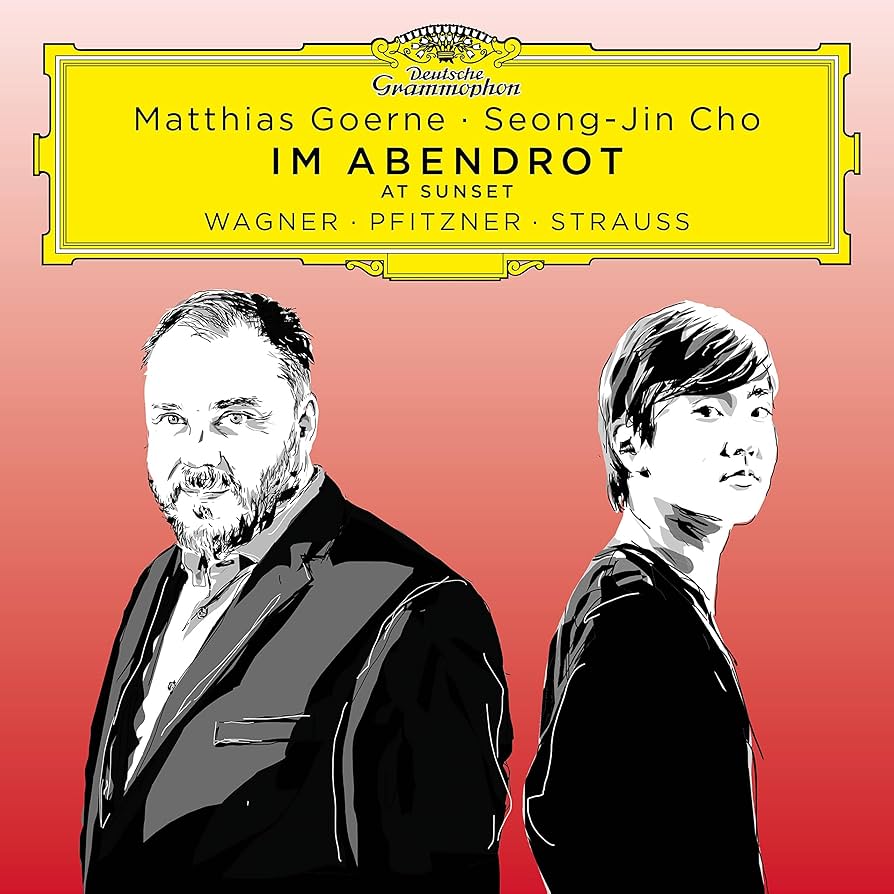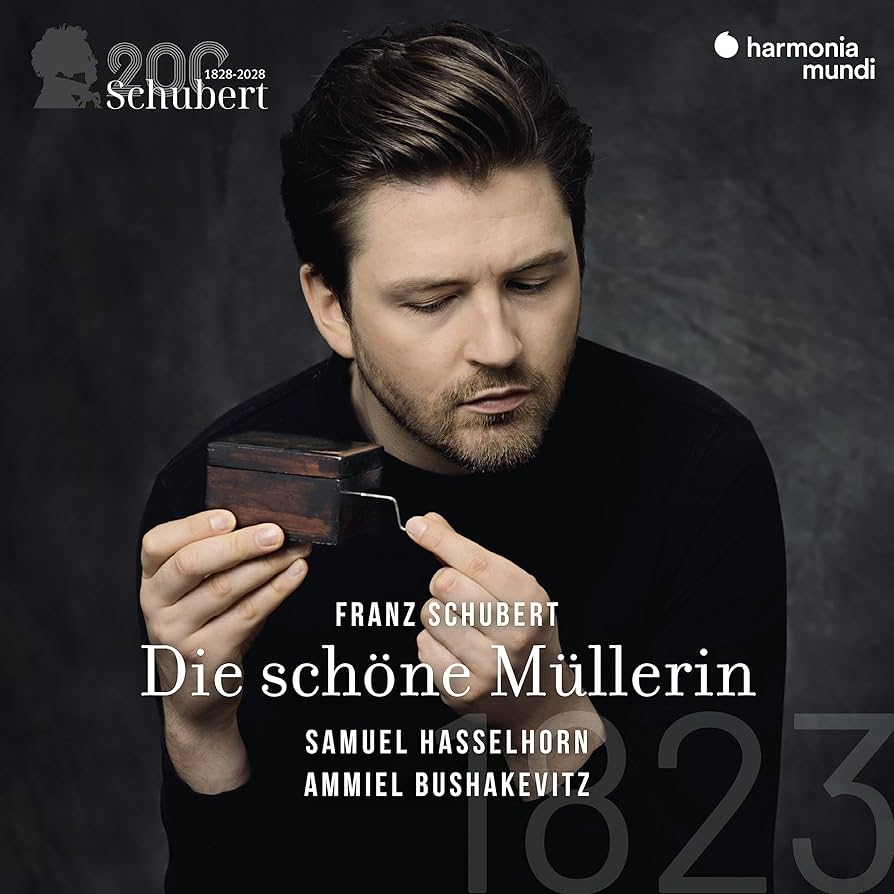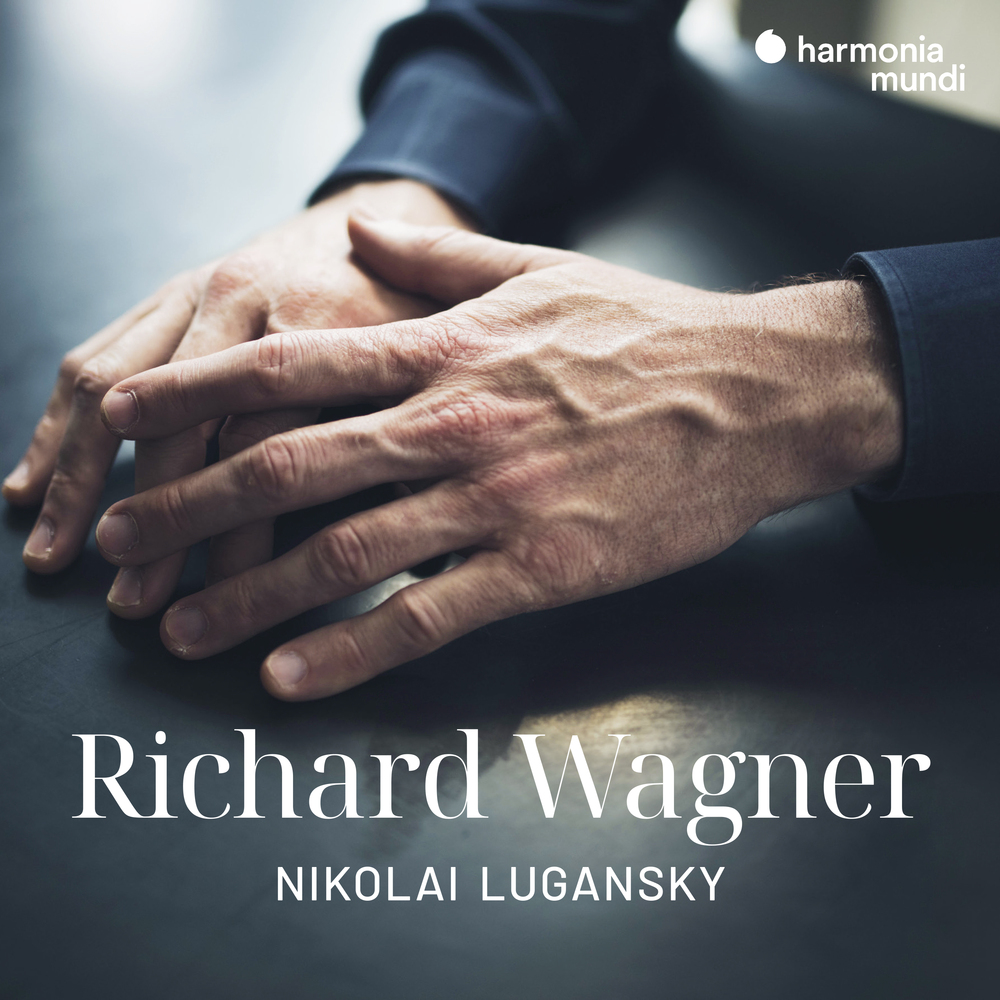STRING QUARTETS – PIANO QUINTET
Schumann Reimagined: Quatuor Hanson’s Elegant Interpretations with Adam Laloum
This double album from Harmonia Mundi showcases Schumann’s complete String Quartets, Op. 41, and his Piano Quintet, both composed in 1842. Listeners might naturally compare these performances to the renowned Zehetmair Quartet recordings, which profoundly influenced our perception of the first and third quartets.
Quatuor Hanson presents a more refined sound in their renditions. While their interpretation of the first quartet lacks some of the eerie quality found in the Zehetmair’s version, the overall excellence and dedicated performance of Quatuor Hanson more than make up for it. Their versions are imbued with a gentle Romantic warmth, accentuated by well-timed vibrato. They adeptly manage tempos and achieve exceptional instrumental balance, thanks to a close, clear recording that avoids being overly sterile.
For the Piano Quintet, Adam Laloum collaborates with Quatuor Hanson. Many renditions of this piece treat it almost like a piano concerto with string quartet accompaniment. However, Laloum’s approach is different; he emphasizes a true chamber music experience, blending the piano seamlessly with the quartet. His interpretation aligns more with Pires than Argerich, drawing a parallel to these other distinguished pianists known for their nuanced performances.
Interestingly, the balance achieved here is reminiscent of period-instrument recordings, such as those by the Michelangeli Quintet, who employ a fortepiano (though the specific instrument Laloum uses is not detailed in the album booklet). Once listeners acclimate to this style, the uniformity of balance and the cohesive, thoughtful interpretation across all performers become apparent.
As seen in Quatuor Hanson’s previous Haydn project, not every listener may agree with all interpretative choices. Nonetheless, the results are invariably captivating and merit multiple listens.
